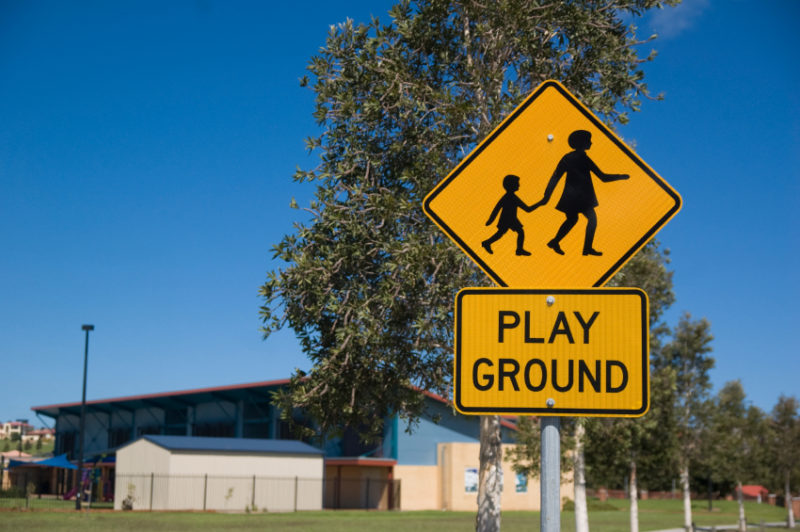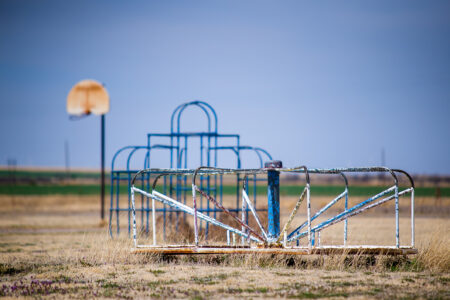
Share On Social!
Physical activity is a necessity with many cities dealing with high obesity rates, but how can physical activity be promoted within neighborhoods?
Street connectivity and walkability are two built environment factors that may assist in physical activity within neighborhoods. Educational tools that analyze a support for walkability are helpful in understanding ways to change the built environment to help the community increase physical activity daily and in helping combat obesity.
A recent report by the Center for Disease Control and Prevention (CDC) used a 15-item environment audit tool, called MAPS-Mini to evaluate neighborhood design and physical activity in four age groups. MAPS stands for, Microscale Audit of Pedestrian Streetscapes (MAPS), it works to measure street design, sidewalks, and street crossings.
The new MAPS-mini tool was created within the study to also evaluate neighborhoods and was found successful in the study for planning agencies and community groups that want to review neighborhoods support for physical activity. Looking at the presence of sidewalks, curb cuts, street lights, benches, and buffers between streets and sidewalks for active transportation and using the MAPS-mini tool, the study showed that these measurements were related to active transport in 3 of 4 age groups studied.
To learn more about the detailed full report, click here.
By The Numbers
33
percent
of Latinos live within walking distance (<1 mile) of a park



